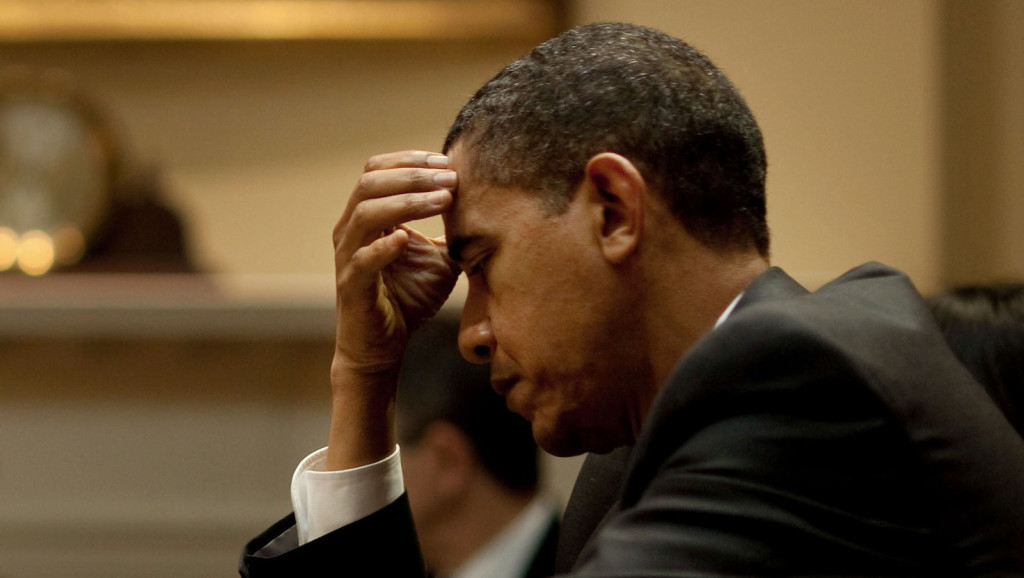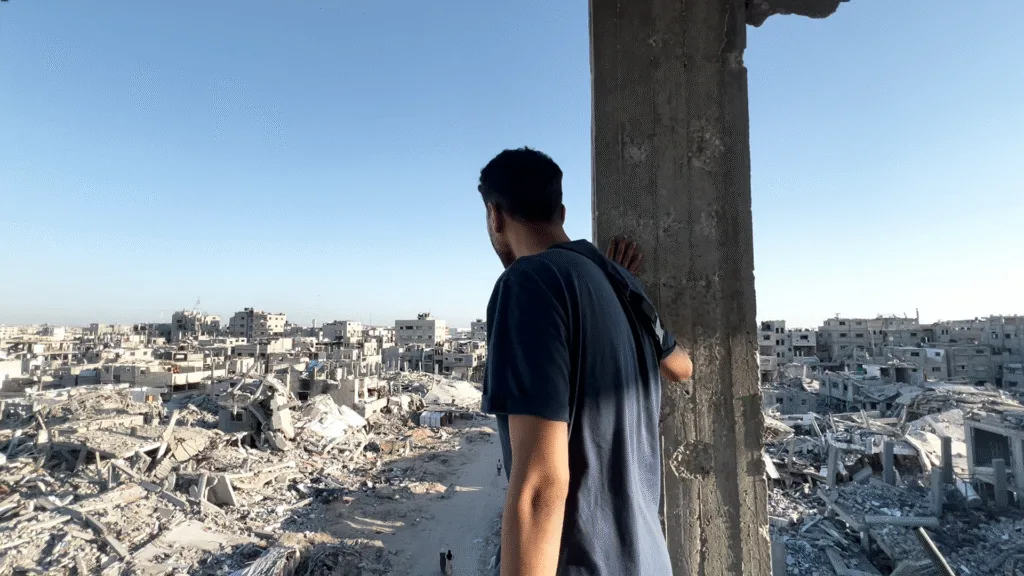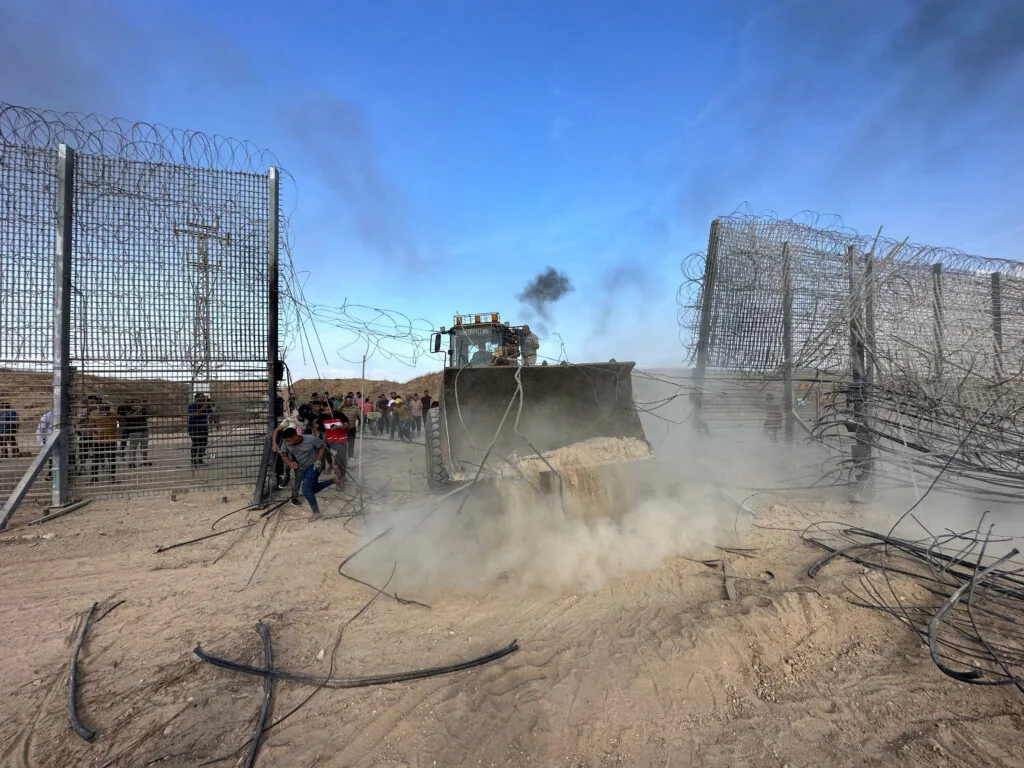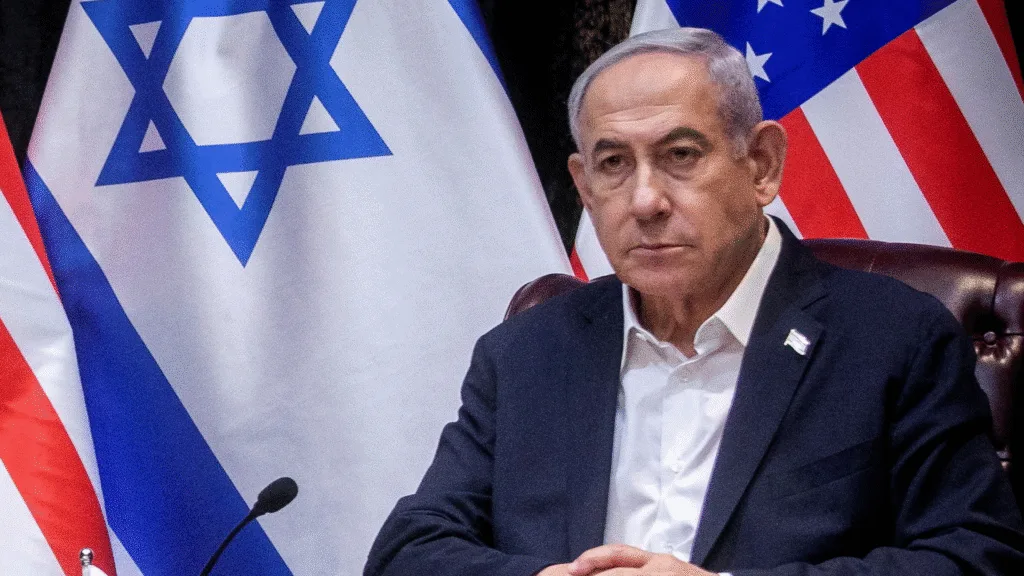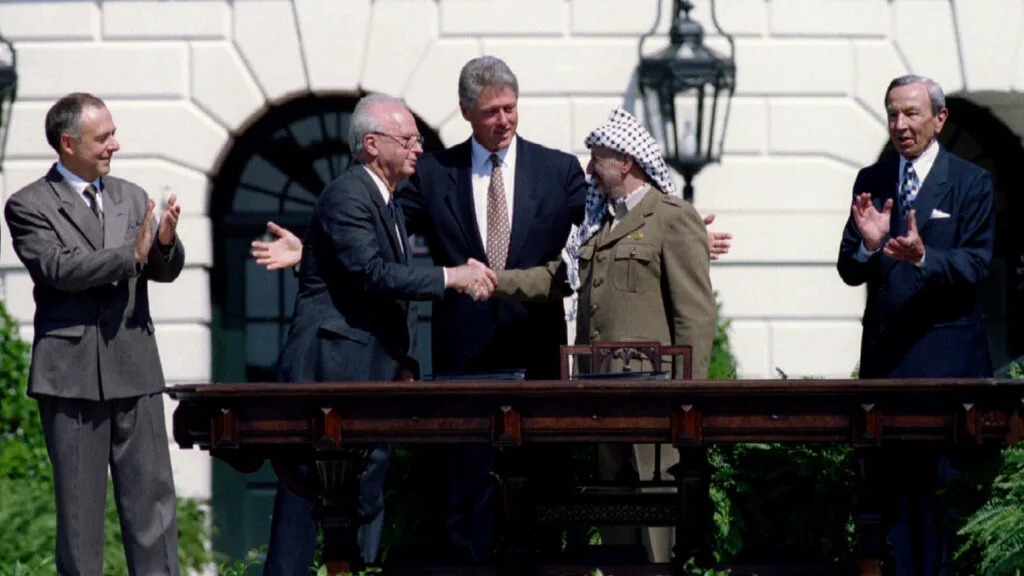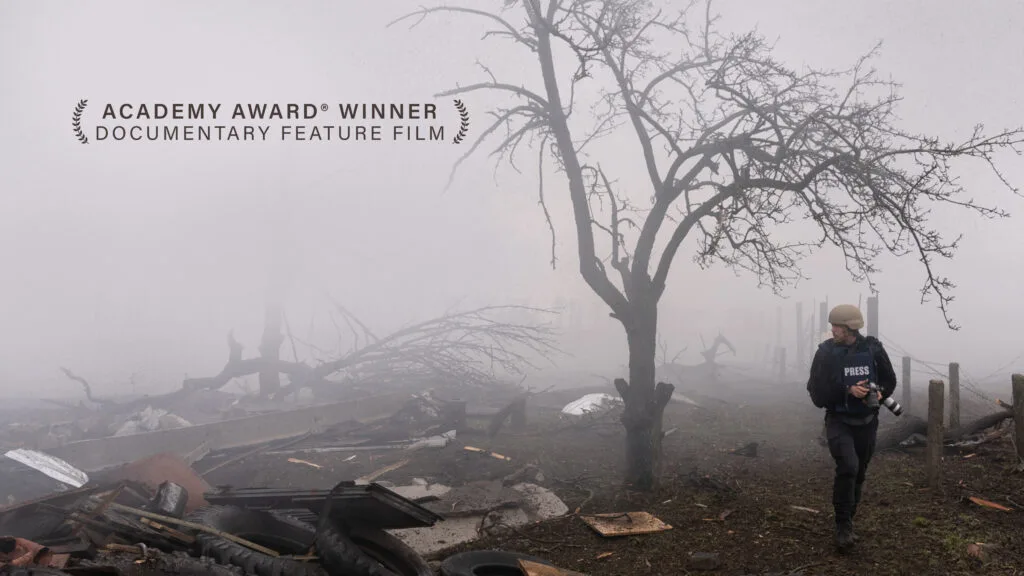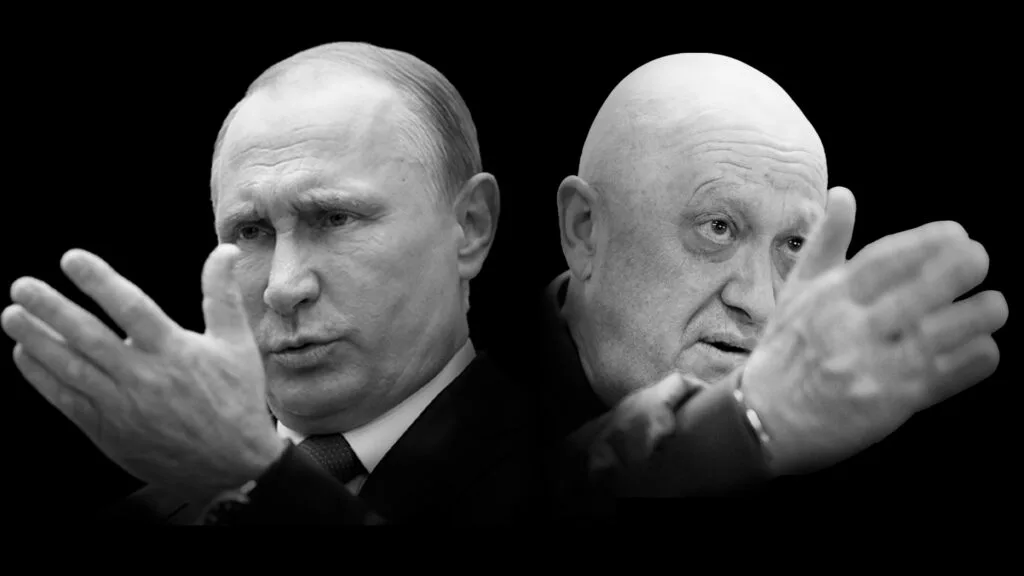“The President Blinked”: Why Obama Changed Course on the “Red Line” in Syria

May 25, 2015
Share
In August of 2013, a rebel-held suburb of Damascus was attacked with sarin gas — a nerve agent that causes lung muscle paralysis and results in death from suffocation.
The attack killed 1,400 men, women and children, and at the White House, officials asserted “with high confidence” that the government of Bashar al-Assad was responsible.
One year earlier, President Barack Obama had described Assad’s potential use of chemical weapons as “a red line” that would have “enormous consequences” and “change my calculus” on American military intervention in Syria’s civil war.
When Assad appeared to cross that line, Obama ordered the Pentagon to prepare to attack.
“Our finger was on the trigger,” Gen. Martin Dempsey, Chairman of the Joint Chiefs of Staff, tells veteran FRONTLINE correspondent Martin Smith in tomorrow’s new documentary, Obama at War. “We had everything in place and we were just waiting for instructions to proceed.”
But as FRONTLINE details in the below excerpt from Obama at War, the president had second thoughts.
“The president was looking for a way to not have to make good on the threat that he had made,” Col. Andrew Bacevich (Ret.), author of The Limits of Power, tells FRONTLINE. “I think because the president having drawn that red line realized that he had no appetite for direct military engagement in Syria.”
As the documentary details, wary of involving America in a potentially long-term military engagement, Obama decided to seek airstrike authorization from a Congress he knew to be opposed rather than proceed with his initial plan.
“He was describing it as seeking strong political support for this decisive move. He had all the rhetoric of action,” David Ignatius of The Washington Post tells FRONTLINE. “But in truth, it was stepping back from the imminent attack that was ahead … it was all in motion, and at the last minute, the president blinked.”
Go inside one of the most controversial foreign policy decisions of Obama’s presidency in this advance excerpt from Obama at War:
In the end, a surprise diplomatic opportunity arose: following an off-hand remark from Secretary of State John Kerry that Assad could avoid airstrikes by turning over all of his chemical weapons, Russian Foreign Minister Sergey Lavrov contacted his Syrian counterpart, who got Assad to agree.
“It was the right decision,” Derek Chollet, former Assistant Secretary of Defense for International Security Affairs, tells FRONTLINE in tomorrow’s film. “Had we conducted the military campaign that had been planned, we would not have taken out a high percentage of his chemical weapons. The credible threat of force brought about an opening for diplomacy, to come in, which then led to something that no one thought was possible.”
But extremist groups, including what would eventually become ISIS, exploited the decision not to attack, gaining a foothold by promising Syrian locals what the U.S. had not: protection from the Assad regime.
For a full, inside look at the Obama administration’s ongoing struggle to deal with Syria’s civil war and the accompanying rise of ISIS, watch Obama at War tomorrow night at 10 p.m. EST on PBS.

Related Documentaries
Latest Documentaries
Related Stories
Related Stories
Policies
Teacher Center
Funding for FRONTLINE is provided through the support of PBS viewers and by the Corporation for Public Broadcasting. Additional funding is provided by the Abrams Foundation; Park Foundation; the John D. and Catherine T. MacArthur Foundation; and the FRONTLINE Journalism Fund with major support from Jon and Jo Ann Hagler on behalf of the Jon L. Hagler Foundation, and additional support from Koo and Patricia Yuen. FRONTLINE is a registered trademark of WGBH Educational Foundation. Web Site Copyright ©1995-2025 WGBH Educational Foundation. PBS is a 501(c)(3) not-for-profit organization.
